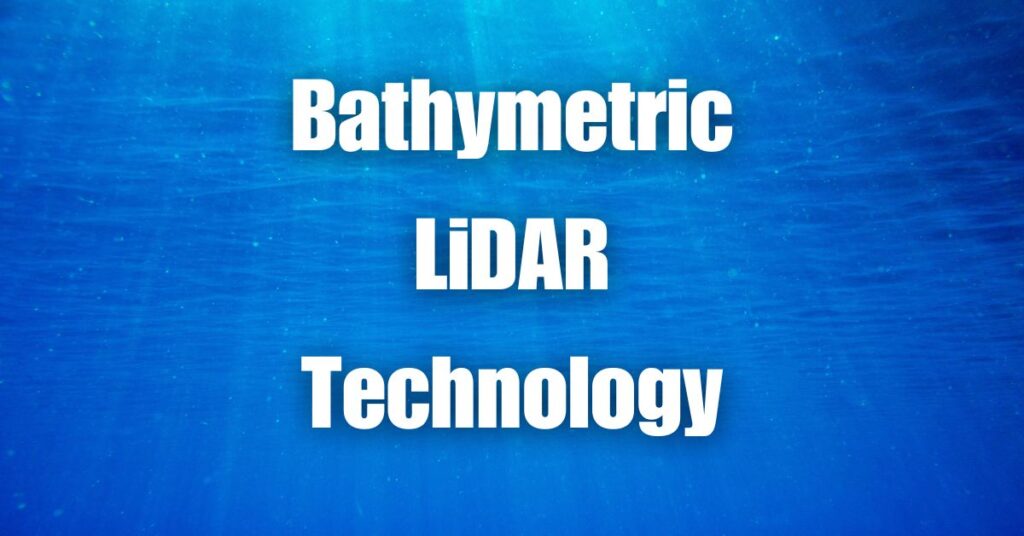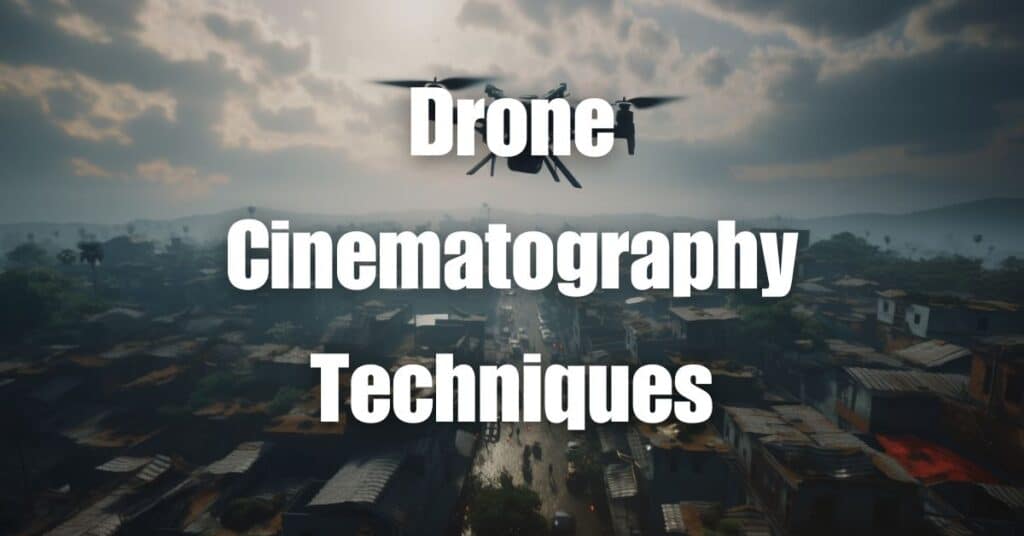Dive into the depths of our planet’s vast oceans and uncover the hidden treasures beneath the surface with the groundbreaking technology of Bathymetric LiDAR. This innovative method of mapping and measuring the seafloor has revolutionized our understanding of the marine environment, leading to significant advancements in coastal management, habitat mapping, and underwater archaeology. Join us as we unveil the secrets of the ocean and explore the countless applications and benefits of Bathymetric LiDAR.
What is Bathymetric LiDAR?
Brief Overview
Bathymetric LiDAR, also known as airborne LiDAR bathymetry, is an advanced technology that utilizes laser pulses to measure and map underwater topography. This innovative method allows scientists, researchers, and industry professionals to accurately and efficiently study the ocean floor and other water bodies, significantly improving our understanding of the marine environment.
How it Works
Bathymetric LiDAR systems consist of an airborne platform, typically an aircraft or a drone, equipped with a high-precision laser system and a global positioning system (GPS) receiver. The laser system emits multiple laser pulses towards the water surface. Upon reaching the surface, these pulses are divided into two components: one that reflects off the surface, and another that penetrates the water and reflects off the seafloor. The time taken for the laser pulses to return to the LiDAR sensor is recorded, and the data is used to calculate the depth of the water body.
How does Bathymetric LiDAR Work?
LiDAR Principle
LiDAR (Light Detection and Ranging) technology operates on the principle of measuring the time it takes for light to travel from the source to the target and back. In the case of Bathymetric LiDAR, the light source is a laser mounted on an airborne platform, and the target is the seafloor. By accurately measuring the time taken for the laser pulses to return to the sensor and factoring in the speed of light, the distance between the platform and the seafloor can be calculated. Combining this information with the GPS data provides highly accurate depth measurements and three-dimensional maps of the underwater environment.
Penetration of LiDAR through Water
One of the key factors that enable Bathymetric LiDAR to map underwater topography is the ability of laser pulses to penetrate the water. The laser system used in Bathymetric LiDAR typically operates in the green spectral region (around 532 nm), which has high water penetration capabilities. This allows the laser pulses to reach the seafloor and return to the sensor, providing accurate depth measurements.
Depth Range of Bathymetric LiDAR
The depth range of Bathymetric LiDAR primarily depends on factors such as water clarity, laser wavelength, and laser power. In clear waters, Bathymetric LiDAR can accurately measure depths up to 50-70 meters, making it suitable for various applications in shallow coastal waters and inland water bodies. However, the technology is less effective in highly turbid or murky waters, where the laser pulses are absorbed or scattered, limiting the depth range and accuracy of the measurements.
Applications of Bathymetric LiDAR
Coastal Management and Habitat Mapping
Bathymetric LiDAR plays a critical role in coastal management and habitat mapping. By providing high-resolution data of the underwater environment, it aids in monitoring coastal erosion, sediment transport, and the effects of climate change on coastal areas. This information is vital for planning coastal infrastructure projects, ensuring sustainable development, and preserving the ecological balance of coastal ecosystems.
Hydrographic Surveying
Hydrographic surveying involves measuring and mapping the physical features of water bodies, including depth, currents, and underwater topography. Bathymetric LiDAR technology has revolutionized this field by offering rapid, accurate, and cost-effective data collection. This technology has become an essential tool for various hydrographic applications, such as planning and maintaining navigational channels, mapping underwater hazards, and monitoring the effects of human activities on the underwater environment.
Flood Modeling and Risk Assessment
Accurate and up-to-date bathymetric data is crucial for flood modeling and risk assessment. Bathymetric LiDAR can rapidly map large areas, providing valuable information for predicting flood patterns, assessing vulnerability, and implementing flood mitigation measures. This data also helps in the development of early warning systems and the creation of more resilient communities in flood-prone areas.
Underwater Archaeology
The ability to map the ocean floor has opened up new possibilities in the field of underwater archaeology. Bathymetric LiDAR has been successfully used to discover and study submerged archaeological sites, such as ancient shipwrecks and submerged settlements. This technology enables archaeologists to gather detailed information about these sites without the need for time-consuming and expensive underwater excavations.
Can LiDAR do Bathymetry?
Yes, LiDAR technology can indeed be used for bathymetry. Bathymetric LiDAR is a specialized form of LiDAR specifically designed to penetrate water and measure the depths of water bodies. While conventional LiDAR systems are primarily used for mapping and measuring terrestrial surfaces, Bathymetric LiDAR has been developed to overcome the challenges posed by the water medium, such as light absorption and scattering. By employing a specific laser wavelength that can penetrate water effectively, Bathymetric LiDAR allows for the accurate mapping of underwater topography, making it an indispensable tool in various industries and research fields.
Benefits of Using Bathymetric LiDAR
High Resolution and Accuracy
One of the primary advantages of Bathymetric LiDAR is its ability to produce high-resolution and accurate data. Compared to traditional methods, such as sonar-based systems or manual depth soundings, Bathymetric LiDAR can generate more detailed and precise maps of underwater topography. This level of detail is essential for various applications, including coastal management, habitat mapping, and underwater archaeology.
Rapid Data Collection
Bathymetric LiDAR enables rapid data collection, significantly reducing the time required for surveying large areas. Traditional methods, such as boat-based surveys, can be time-consuming and labor-intensive, whereas Bathymetric LiDAR allows for the quick and efficient mapping of vast expanses of water bodies. This rapid data collection capability is particularly beneficial in time-sensitive projects or when monitoring dynamic environments, such as coastal areas affected by erosion or climate change.
Cost-effective and Environmentally Friendly
Bathymetric LiDAR is a cost-effective alternative to traditional surveying methods, particularly when considering large-scale projects. The use of airborne platforms reduces the need for expensive and fuel-consuming survey vessels, leading to lower operational costs. Additionally, the reduced reliance on boats minimizes the environmental impact associated with fuel consumption and emissions, making Bathymetric LiDAR a more sustainable option for underwater mapping.
Limitations and Challenges
While Bathymetric LiDAR offers numerous benefits, it also has certain limitations and challenges that need to be considered:
- Water Clarity: Bathymetric LiDAR is most effective in clear waters, where the laser pulses can penetrate and reach the seafloor with minimal attenuation. In turbid or murky waters, the accuracy and depth range of the measurements can be significantly reduced due to increased absorption and scattering of the laser pulses.
- Depth Limitations: The depth range of Bathymetric LiDAR is limited to shallow coastal waters and inland water bodies, typically up to 50-70 meters in clear waters. For deeper water applications, alternative methods, such as multibeam sonar, may be more suitable.
- Weather Conditions: Adverse weather conditions, such as heavy rain or strong winds, can affect the performance of Bathymetric LiDAR systems. These factors may lead to reduced data quality or even the need to reschedule the survey.
- Data Processing and Analysis: The large amount of data generated by Bathymetric LiDAR surveys requires advanced data processing and analysis techniques. This can be time-consuming and may require specialized software and expertise to generate accurate and meaningful results.
The Future of Bathymetric LiDAR
As Bathymetric LiDAR technology continues to evolve, we can expect further improvements in accuracy, depth range, and data acquisition speed. Developments in sensor technology, data processing algorithms, and the integration of complementary technologies, such as multispectral imaging, will likely enhance the capabilities of Bathymetric LiDAR systems.
Additionally, as the demand for accurate and up-to-date bathymetric data grows, the adoption of Bathymetric LiDAR is expected to expand into new industries and research areas. This technology will continue to play a pivotal role in addressing global challenges, such as climate change, coastal erosion, and the sustainable management of marine resources.
Drone-based Bathymetric LiDAR
Drone-based Bathymetric LiDAR systems are a relatively recent development in the field of airborne LiDAR bathymetry. By mounting the Bathymetric LiDAR sensors on Unmanned Aerial Vehicles (UAVs) or drones, surveyors can take advantage of the flexibility, accessibility, and cost-effectiveness that these platforms offer.
Advantages of Drone-based Bathymetric LiDAR
- Accessibility: Drones can access remote, difficult-to-reach, or environmentally sensitive areas with relative ease, making them an ideal platform for Bathymetric LiDAR surveys in challenging locations.
- Flexibility: Drone-based systems can be deployed quickly and efficiently, allowing for rapid response to changing conditions or emergency situations.
- Reduced Costs: The use of drones for Bathymetric LiDAR surveys can result in significant cost savings compared to traditional aircraft-based systems. Drones have lower operational costs, are easier to transport, and require less personnel for operation.
- Improved Safety: By using drones, surveyors can avoid potentially hazardous situations, such as working in rough seas or navigating shallow waterways.
Challenges and Considerations
Despite the many advantages of drone-based Bathymetric LiDAR, there are also some challenges and considerations to keep in mind:
- Payload Capacity: Drones have limited payload capacity, which may restrict the size and power of the LiDAR sensors that can be carried.
- Flight Time: The flight time of drones is typically shorter than that of manned aircraft, which can limit the area covered in a single flight. However, advancements in drone battery technology are continually improving flight times.
- Regulations: The use of drones for Bathymetric LiDAR surveys may be subject to local and national regulations, which can vary by region. It is essential to be aware of and comply with these regulations when planning and conducting drone-based surveys.
Overall, drone-based Bathymetric LiDAR offers an exciting and promising avenue for the future of underwater mapping and surveying, with the potential to further revolutionize the field.
In conclusion, Bathymetric LiDAR has transformed the way we explore and understand the ocean floor. Its numerous applications and benefits have made it an invaluable tool for various industries, from coastal management to underwater archaeology. As the technology continues to advance, we can only expect to see further developments and discoveries in the field.
To learn more about this fascinating technology and how it can benefit you, we highly recommend visiting Aerial LiDAR 101: An Introduction to its Applications and Benefits. If you require any drone services, don’t hesitate to contact Blue Falcon Aerial for all your needs.




